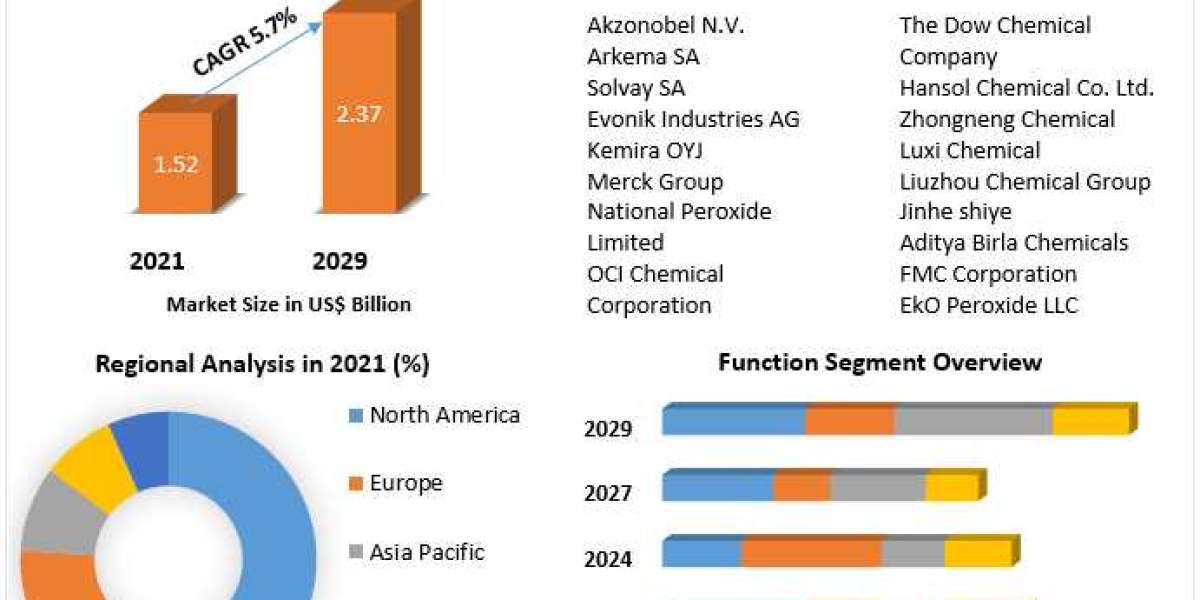Over the past few years, hyper-converged infrastructure (HCI) has advanced significantly. A hyper-converged solution can prove to be a wise financial decision. Also, your overall infrastructure costs may go down, your data center footprint could be lower, your data protection capabilities would be better, and your IT would be more agile overall.
Moreover, hyper-convergence isn't for everyone or every task, like other modern technology. Here are a few issues you might want to discuss with your team and your vendors before you fully commit to moving to a hyper-converged platform, even if you're just considering it.
What is Hyperconverged Infrastructure?
A software-defined architecture called hyper-converged infrastructure (HCI) virtualizes and bundles all of the network, storage, and compute resources found in a typical data center. The use of hyper-converged infrastructure solutions by enterprises to virtualize their servers, storage, and underlying networks and apply software-driven IT environment management.
But selecting the best hci solutions for your company's needs can be difficult. Keep reading this article to learn an overview of the technologies and how to select the ideal HCI solution for your company's needs will be covered in this article.
1: Management of Storage
You should be able to quickly integrate and configure a wide variety of storage systems with the help of an excellent hyperconverged infrastructure solution. Additionally, you ought to be able to map these storage systems to the changing system demands of your IT environment. NVMe-OF (non-volatile memory express over fibers), a technique that makes it easier to re-arrange storage utilizing flash memory, is supported by several contemporary HCI systems.
2: Easy and Simple to use
This is a top priority for the best HCI solutions, which offer a single OS, installation, update, single pane of glass for managing and controlling IT operations, and a single support phone number. Workflows will be made simpler, monitoring and forecasting will be made easier, and maintenance and upgrades will be streamlined by a fully integrated HCI solution.
Your solution should enable you to automate critical maintenance tasks like updates and capacity expansion so they can be completed quickly and without any interruption in the middle of a workday.
3: Evaluating Performance
Performance is a crucial feature to take into account when assessing hyperconverged infrastructure (HCI) solutions. Businesses should look for solutions that can match their application needs while also offering high performance and low latency.
It's critical to evaluate the HCI solution's capacity for virtual machines (VMs) and the amount of application performance it can provide. Organizations can optimize their IT infrastructure and boost business results by choosing an HCI solution with the best performance.
4: Ongoing Technical Support
After the sale is completed and any new infrastructure is live, ongoing support is a crucial component of the overall solution. It's crucial to be aware of your support options, expenses, and procedures upfront because hyperconverged can come in a variety of flavors. Do they offer complete support for all hardware and software from the hyperconverged infrastructure vendor?
A customized virtualization layer is used by some hyperconverged infrastructure companies. Verify that your application providers will offer support and that your operating systems and applications are approved to run on these virtualization platforms.
5: Scalability
It's possible that adding more CPUs and network ports won't be necessary while growing storage. Disaggregated HCI is supported by some providers of appliance- or software-only solutions, allowing the inclusion of external storage devices like a SAN to the mix so that you can expand your storage capacity independently of your computation.
Depending on your company's demands, look for a system that is simple to scale up or down. Additionally, you should think about how the HCI solution integrates with public cloud services, as doing so may open up more scalability options.
6: Consider the Cost of Ownership
The long-term total cost of ownership (TCO) must be taken into account when selecting a hyperconverged infrastructure (HCI) system. Hardware, software, license fees, ongoing maintenance, and support are all included in the TCO. Based on the advantages it offers, such as improved performance, scalability, and manageability.
It is critical to assess the ROI of the HCI solution. Organizations can cut expenses and enhance the performance of their IT infrastructure by choosing an HCI solution with a low TCO, which will lead to improved business results.
Summary
It's important to carefully analyze your IT goals and objectives while selecting the best HCI solution for your business needs. When choosing an HCI solution, consider scalability, performance, manageability, technical support, ease of use, and TCO.
So, consider working with a supplier who has a track record of providing high-quality solutions and continuing support and maintenance. You may streamline data center management, cut expenses, and enhance the overall performance of your IT infrastructure by choosing the appropriate HCI solution.


![BioGrowth Male Enhancement: Does it Really Work? [2020 Update]](https://thewion.com/upload/photos/2020/12/IPWPKON3AOlMpe9WQI91_14_e35d09d60317dc3d1173e84a71b4bd5c_image.png)
